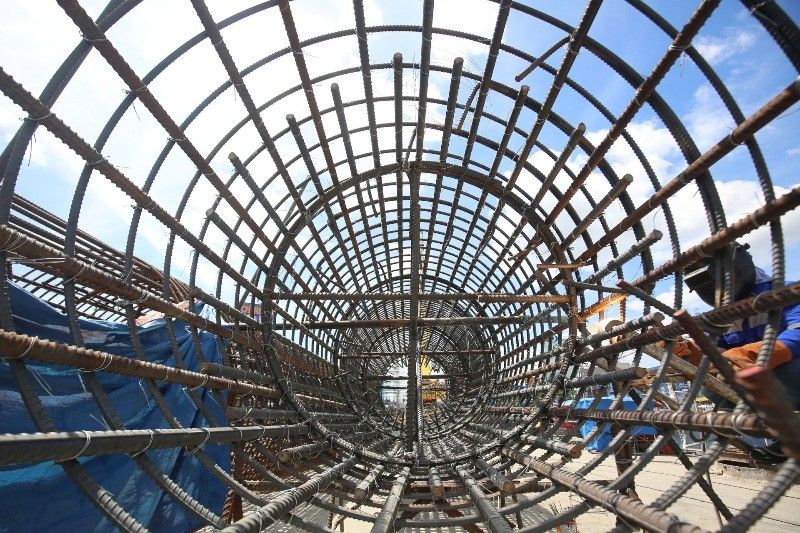Infrastructure spending falls below watered down targets in September

MANILA, Philippines — State spending on infrastructure continued to disappoint in September despite coronavirus restrictions getting eased, dragging down the 9-month tally below already tempered expectations and would potentially hurt recovery prospects.
Capital outlays fell 37.4% year-on-year to P73.3 billion in September, the Department of Budget and Management reported Wednesday. That sent the year-to-date capital outlays to P586.7 billion, down 10.5% annually and 3.8% below the government's downwardly-revised goal of spending P609.9 billion for the period.
Compared to August, when a brief lockdown in Metro Manila and nearby areas crippled construction activities anew, capital outlays plummeted 28.6%. As the country remains on partial lockdown, Michael Ricafort, chief economist at Rizal Commercial Banking Corp., was disappointed but not surprised.
"The continued slump in infrastructure spending may be partly attributed to social-distancing and other stringent measures, thereby reducing capacity in various infrastructure worksites and contractors," Ricafort said in a text message.
"Furthermore, some limitations on public transportation may have still reduced the mobility of construction workers," he added.
Separately, Cid Terosa, senior economist at University of Asia & the Pacific School of Economics, said "base effects" and dwindling fiscal room are to blame for the slump. "There is insufficient fiscal space to allocate more money to infrastructure spending given the competing needs that the government has to address," Terosa said in a text message.
Another month of weak infrastructure spending is creating a big headache for the Duterte administration, which is banking on its flagship “Build, Build, Build” program to propel the economy back to its glorious days before the pandemic struck.
As a result, slower spending on infrastructure could "restrain" the country's economic recovery, Terosa said. "Weak spending will mute the potential economic multiplier effects of infrastructure spending," he explained.
"If infrastructure spending constinues its listless pace, it will be difficult for the country to avoid GDP growth lower than -5%," he warned.
Breaking down the outlays, P56.9 billion went directly to nationally-funded infrastructure projects, but the amount was 39.9% down from last year. From January to September, this segment amounted to P451.5 billion, down 16.5% annually.
Meanwhile, the balance of P15.8 billion was given to towns, cities and municipalities in September to assist on building infrastructure in their localities, down 5.4% year-on-year. The latest figure nonetheless increased the 9-month allocations to local government units 18.5% year-on-year to P133.9 billion.
A total of P6 million went to state corporations last September, data showed. So far this year, government-run companies have received P1.4 billion, down 18.7% year-on-year.
- Latest
- Trending






























